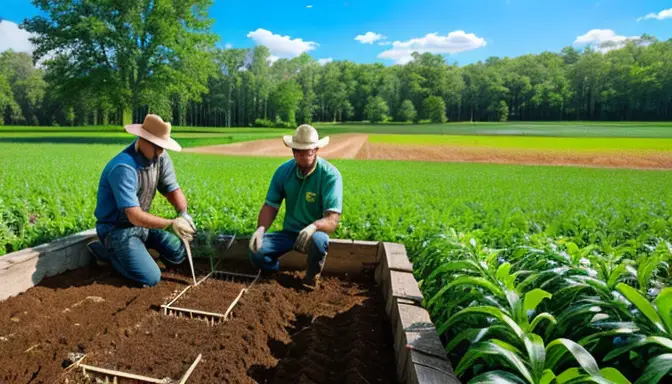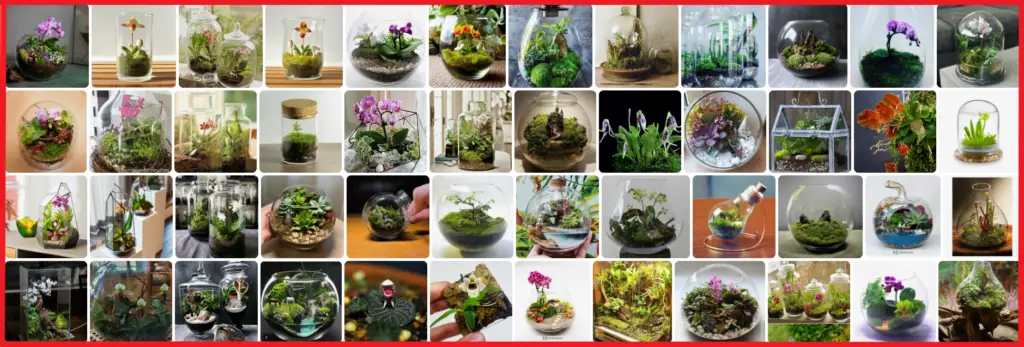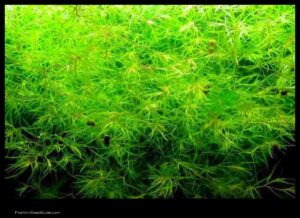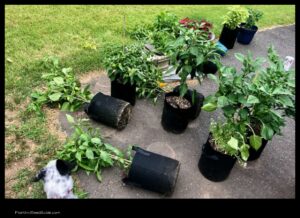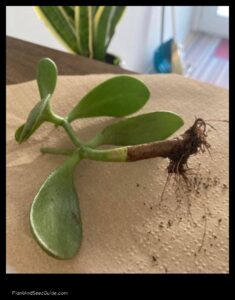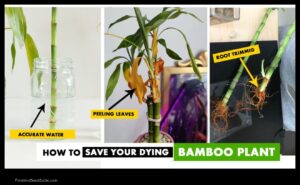Planting corn without a planter may seem daunting for beginners, but fear not! This beginner’s guide will walk you through alternative methods and step-by-step instructions to help you successfully plant corn without a planter.
- Choose the Right Corn Variety: Selecting the appropriate corn variety is crucial for a successful harvest. Consider factors like climate, soil conditions, and intended use when choosing your corn seeds.
- Prepare the Soil: Before planting, it’s essential to prepare the soil properly. Conduct soil testing, till the land, and add necessary amendments to create a fertile environment for your corn to thrive.
- Test Soil pH Levels: Testing the soil pH levels is vital for optimal growth. Learn how to adjust pH levels to ensure your corn plants receive the nutrients they need.
- Manual Planting Techniques: Explore manual planting methods such as hand seeding, furrow planting, and hill dropping to plant your corn seeds effectively.
- Spacing and Depth Considerations: Proper spacing and planting depth are key factors for healthy growth and maximum yield. Follow guidelines to plant your corn seeds at the right distance and depth.
- Weed Control and Maintenance: Implement effective weed control strategies and maintenance tips to keep your corn crop healthy and thriving throughout the growing season.
- Natural Pest Management: Use natural pest management techniques to protect your corn plants from common pests and diseases without relying on chemicals.
Choosing the Right Corn Variety
When it comes to choosing the right corn variety for your planting adventure without a planter, there are several key factors to consider. Let’s delve into the world of corn varieties and how to pick the perfect one for your needs.
- Climate: Consider the climate of your region as different corn varieties thrive in specific temperature and humidity conditions. Choose a variety that is well-suited to your local climate for optimal growth.
- Soil Conditions: Assess the soil quality of your planting area, including factors like drainage, fertility, and texture. Select a corn variety that matches the soil conditions to ensure successful cultivation.
- Intended Use: Determine the purpose of your corn crop, whether it’s for fresh consumption, animal feed, or processing. Different corn varieties are tailored for specific uses, so choose one that aligns with your goals.
By carefully considering these aspects, you can narrow down your options and select a corn variety that is well-suited to your unique planting circumstances. Remember, the right choice of corn variety can make a significant difference in the success of your planting endeavor.
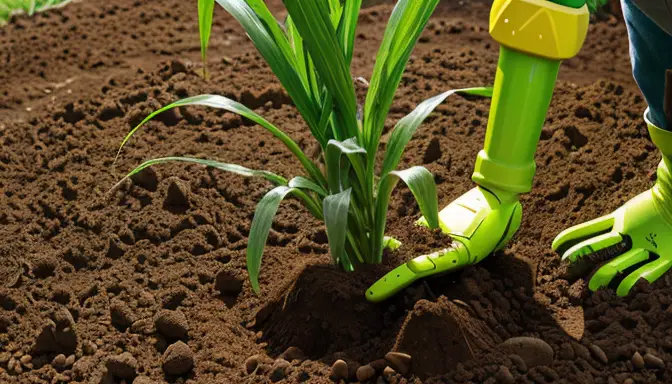
Preparing the Soil
When it comes to planting corn without a planter, preparing the soil is a crucial step that can significantly impact the success of your crop.
Here are some essential steps to follow when preparing the soil:Before you start planting, it’s essential to ensure that the soil is in optimal condition to support healthy growth and development of the corn plants..
- Soil Testing: Before planting corn, it’s important to conduct a soil test to determine the pH levels and nutrient content of the soil. This information will help you make informed decisions about any necessary amendments.
- Tilling: Properly tilling the soil helps loosen it up, improve drainage, and create a suitable environment for the corn seeds to establish strong root systems.
- Adding Amendments: Based on the results of the soil test, you may need to add organic matter, compost, or fertilizers to ensure that the soil has the necessary nutrients for healthy corn growth.
By taking the time to prepare the soil adequately, you are setting the foundation for a successful corn crop that will thrive throughout the growing season. Remember, healthy soil leads to healthy plants and a bountiful harvest!
Testing Soil pH Levels
When it comes to planting corn without a planter, one crucial step that should not be overlooked is testing the soil pH levels. The pH level of the soil can significantly impact the growth and yield of your corn crop. By understanding and adjusting the pH levels accordingly, you can create an optimal environment for your corn plants to thrive. Here are some important points to consider when testing soil pH levels:
- Importance of Testing: Testing the soil pH levels is essential to determine if the soil is acidic, neutral, or alkaline. This information will help you make informed decisions on how to adjust the pH levels for the best corn growth.
- Testing Methods: There are various testing kits available that allow you to easily test the pH levels of your soil. Follow the instructions provided with the kit to obtain accurate results.
- Adjusting pH Levels: Depending on the initial pH level of the soil, you may need to make amendments to raise or lower the pH.
Adding materials like lime to raise pH or sulfur to lower pH can help create a more suitable growing environment for corn..
- Optimal pH Range: Corn plants generally prefer a slightly acidic to neutral pH range of around 6.0 to 7.5. Maintaining the soil within this range will promote healthy growth and nutrient uptake.
Manual Planting Techniques
When it comes to planting corn without a planter, manual techniques play a crucial role in ensuring a successful harvest. Let’s dive into some effective methods that beginners can use to plant corn without the need for specialized equipment.
Hand seeding is a traditional method that involves planting corn seeds by hand directly into the soil. This technique allows for precise seed placement and control over spacing, ensuring optimal growth conditions for each plant. Additionally, furrow planting creates long, narrow trenches where corn seeds are placed, providing a structured approach to planting. On the other hand, hill dropping involves grouping several seeds together in small mounds, promoting better pollination and root development.
When manually planting corn, it’s essential to consider spacing and depth to encourage healthy growth. Proper spacing between seeds allows each plant to receive adequate sunlight, water, and nutrients. Similarly, planting seeds at the correct depth ensures that they have access to the necessary resources for germination and early growth.
Spacing and Depth Considerations
When planting corn without a planter, proper spacing and planting depth are crucial considerations for ensuring a successful harvest. Here are some guidelines to help you achieve optimal results:
- Spacing: Adequate spacing between corn seeds is essential to allow each plant to receive sufficient nutrients and sunlight. Aim for a spacing of 8-12 inches between seeds in a row, with rows spaced about 30-36 inches apart. This spacing allows the corn plants to grow without competing for resources.
- Planting Depth: The depth at which you plant corn seeds can impact their germination and growth. Plant the seeds at a depth of 1.5-2 inches in well-prepared soil. Planting too shallow can expose the seeds to drying out, while planting too deep may hinder germination.
- Consistent Depth: Ensure that all seeds are planted at a consistent depth to promote uniform emergence and growth. Using a planting tool or your hand, maintain a consistent depth across the entire planting area for even development.
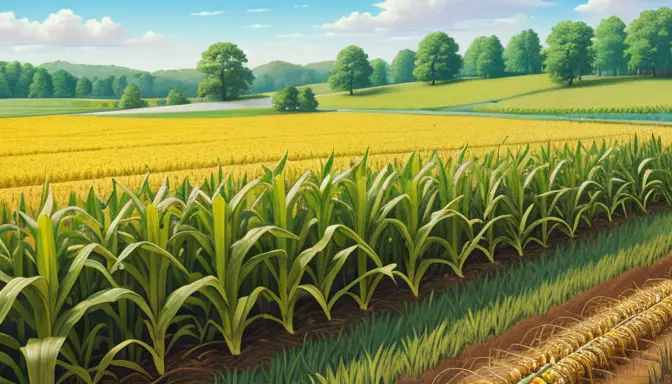
Weed Control and Maintenance
When it comes to weed control and maintenance in your corn crop, it’s crucial to stay proactive and diligent. Weeds can quickly take over and compete with your corn plants for nutrients, water, and sunlight, leading to reduced yield and overall crop health. Here are some effective strategies to keep your corn field weed-free and thriving:
- Mulching: Applying a layer of organic mulch around the base of corn plants can help suppress weed growth by blocking sunlight and preventing weed seeds from germinating.
- Hand Weeding: Regularly inspecting your corn field and manually removing weeds by hand is a labor-intensive but effective method, especially for small-scale cultivation.
- Cultivation: Using a hoe or cultivator to break up the soil surface between corn rows can disrupt weed growth and prevent them from establishing deep roots.
- Cover Crops: Planting cover crops like clover or rye can help smother weeds, improve soil health, and provide natural weed control benefits.
Remember, early intervention is key when it comes to weed control. By implementing these strategies and staying vigilant throughout the growing season, you can ensure that your corn crop remains healthy, vigorous, and free from pesky weeds.
Natural Pest Management
When it comes to natural pest management for your corn crop, there are several eco-friendly strategies you can implement to protect your plants without the use of harmful chemicals. Here are some effective methods to keep common pests at bay:
- Companion Planting: Planting insect-repelling herbs and flowers near your corn can help deter pests and attract beneficial insects that prey on harmful ones.
- Beneficial Insects: Introducing predator insects like ladybugs or lacewings can help control pest populations naturally.
- Neem Oil Spray: Using neem oil, a natural insecticide, can help combat pests while being safe for the environment.
- Row Covers: Covering your corn plants with row covers can prevent pests from reaching them while still allowing sunlight and water to penetrate.
By incorporating these natural pest management techniques into your corn cultivation process, you can maintain a healthy crop without relying on synthetic chemicals that may harm the environment.
Frequently Asked Questions
- Can I plant corn without a planter as a beginner?
Yes, you can! This guide offers alternative methods like hand seeding and furrow planting for beginners.
- How do I choose the right corn variety for planting?
Consider factors like climate, soil conditions, and intended use to select a suitable corn variety for a successful harvest.
- Why is testing soil pH levels important before planting corn?
Testing soil pH levels is crucial to adjust them for optimal growth of corn plants. Learn how to do it in the guide.
- What are some natural pest management techniques for corn plants?
Discover effective ways to protect your corn crop from pests and diseases without using harmful chemicals.
- Wild Rose Country: Exploring Untamed Beauty - July 15, 2024
- Wildflower Nursery Decor: Bringing Nature Indoors - July 15, 2024
- Young Sprout of Grass: Nurturing New Life - July 15, 2024
